Maria Concetta Morelli
A Formal Comparison between Datalog-based Languages for Stream Reasoning (extended version)
Aug 26, 2022
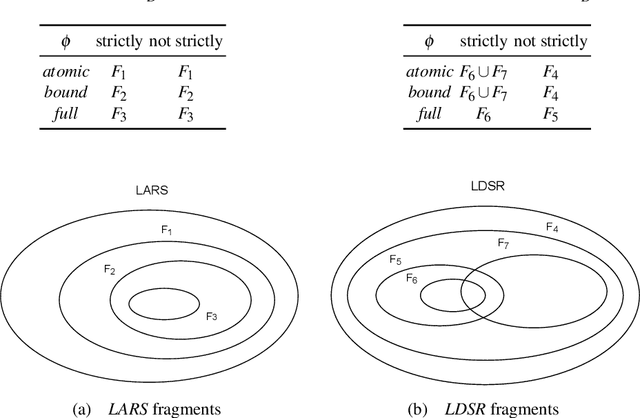
Abstract:The paper investigates the relative expressiveness of two logic-based languages for reasoning over streams, namely LARS Programs -- the language of the Logic-based framework for Analytic Reasoning over Streams called LARS -- and LDSR -- the language of the recent extension of the I-DLV system for stream reasoning called I-DLV-sr. Although these two languages build over Datalog, they do differ both in syntax and semantics. To reconcile their expressive capabilities for stream reasoning, we define a comparison framework that allows us to show that, without any restrictions, the two languages are incomparable and to identify fragments of each language that can be expressed via the other one.
I-DLV-sr: A Stream Reasoning System based on I-DLV
Aug 05, 2021
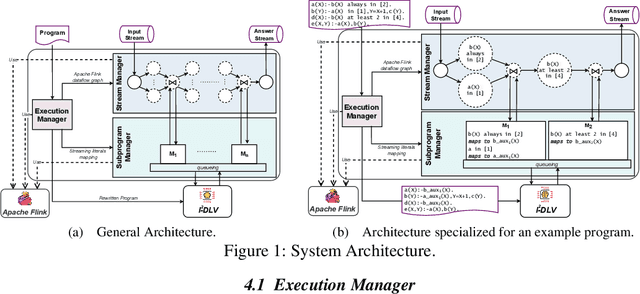
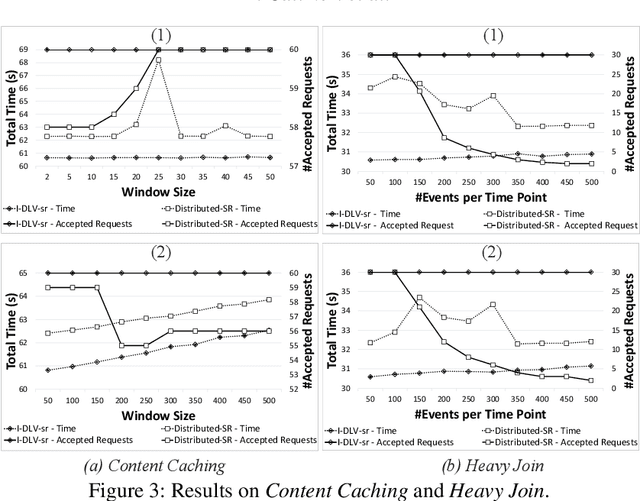
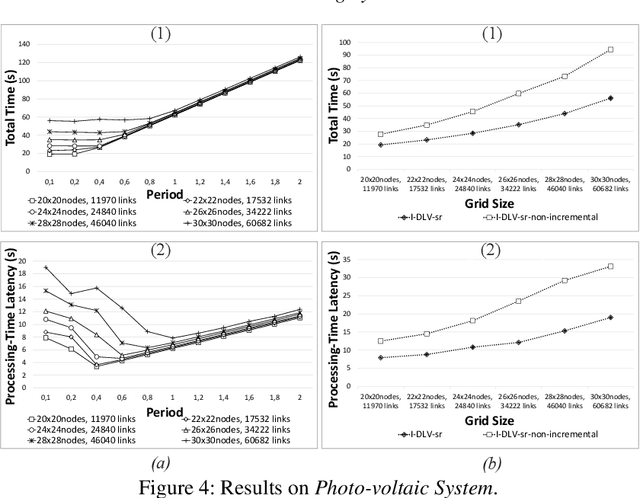
Abstract:We introduce a novel logic-based system for reasoning over data streams, which relies on a framework enabling a tight, fine-tuned interaction between Apache Flink and the I^2-DLV system. The architecture allows to take advantage from both the powerful distributed stream processing capabilities of Flink and the incremental reasoning capabilities of I^2-DLV based on overgrounding techniques. Besides the system architecture, we illustrate the supported input language and its modeling capabilities, and discuss the results of an experimental activity aimed at assessing the viability of the approach. This paper is under consideration in Theory and Practice of Logic Programming (TPLP).
A logic-based decision support system for the diagnosis of headache disorders according to the ICHD-3 international classification
Aug 06, 2020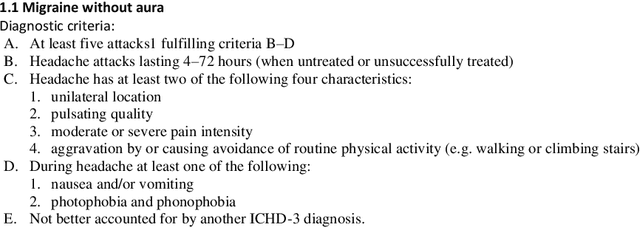
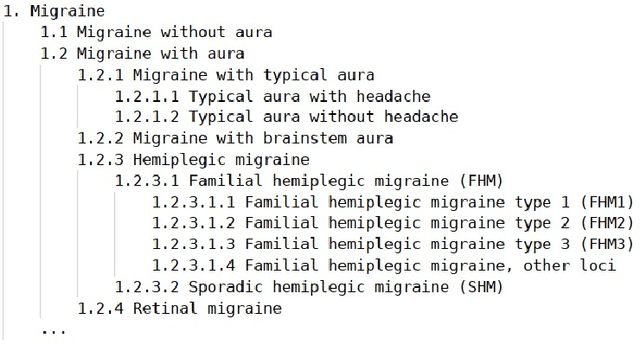
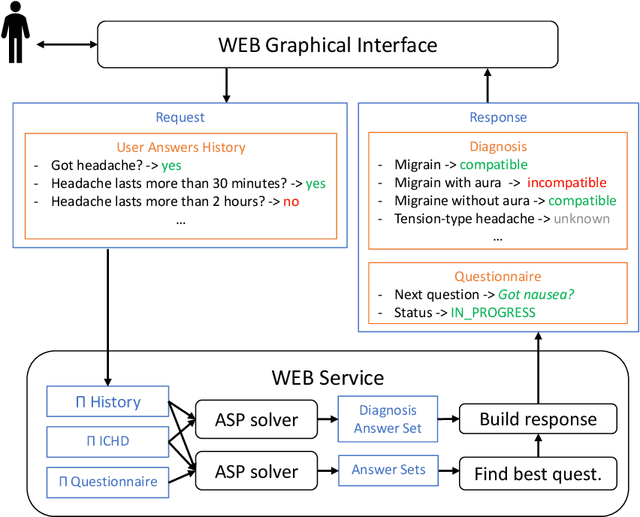
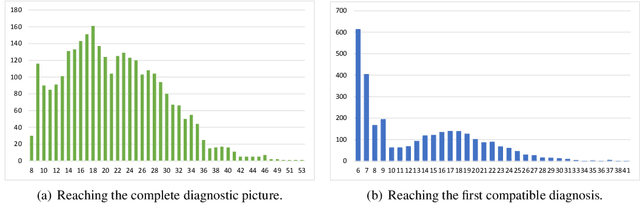
Abstract:Decision support systems play an important role in medical fields as they can augment clinicians to deal more efficiently and effectively with complex decision-making processes. In the diagnosis of headache disorders, however, existing approaches and tools are still not optimal. On the one hand, to support the diagnosis of this complex and vast spectrum of disorders, the International Headache Society released in 1988 the International Classification of Headache Disorders (ICHD), now in its 3rd edition: a 200 pages document classifying more than 300 different kinds of headaches, where each is identified via a collection of specific nontrivial diagnostic criteria. On the other hand, the high number of headache disorders and their complex criteria make the medical history process inaccurate and not exhaustive both for clinicians and existing automatic tools. To fill this gap, we present HEAD-ASP, a novel decision support system for the diagnosis of headache disorders. Through a REST Web Service, HEAD-ASP implements a dynamic questionnaire that complies with ICHD-3 by exploiting two logical modules to reach a complete diagnosis while trying to minimize the total number of questions being posed to patients. Finally, HEAD-ASP is freely available on-line and it is receiving very positive feedback from the group of neurologists that is testing it.
 Add to Chrome
Add to Chrome Add to Firefox
Add to Firefox Add to Edge
Add to Edge